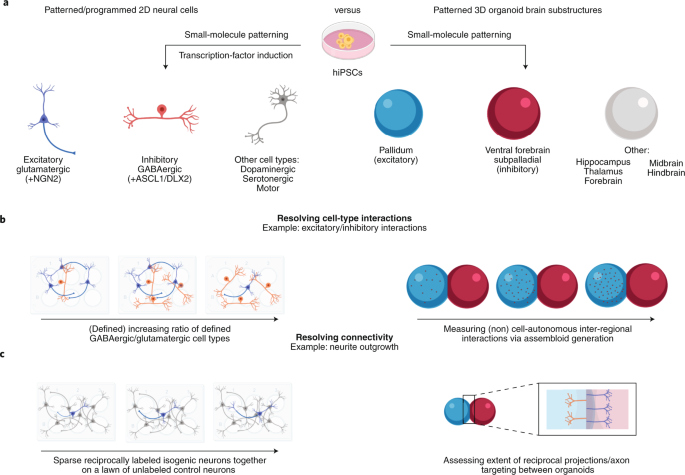
Modeling the complex genetic architectures of brain disease
Nature Genetics volume 52, pages 363–369 (2020 )Cite this article
The genetic architecture of each individual comprises common and rare variants that, acting alone and in combination, confer risk of disease. The cell-type-specific and/or context-dependent functional consequences of the risk variants linked to brain disease must be resolved. Coupling human induced pluripotent stem cell (hiPSC)-based technology with CRISPR-based genome engineering facilitates precise isogenic comparisons of variants across genetic backgrounds. Although functional-validation studies are typically performed on one variant in isolation and in one cell type at a time, complex genetic diseases require multiplexed gene perturbations to interrogate combinations of genes and resolve physiologically relevant disease biology. Our aim is to discuss advances at the intersection of genomics, hiPSCs and CRISPR. A better understanding of the molecular mechanisms underlying disease risk will improve genetic diagnosis, drive phenotypic drug discovery and pave the way toward precision medicine.
Sullivan, P. F. & Geschwind, D. H. Defining the genetic, genomic, cellular, and diagnostic architectures of psychiatric disorders. Cell 177, 162–183 (2019).























